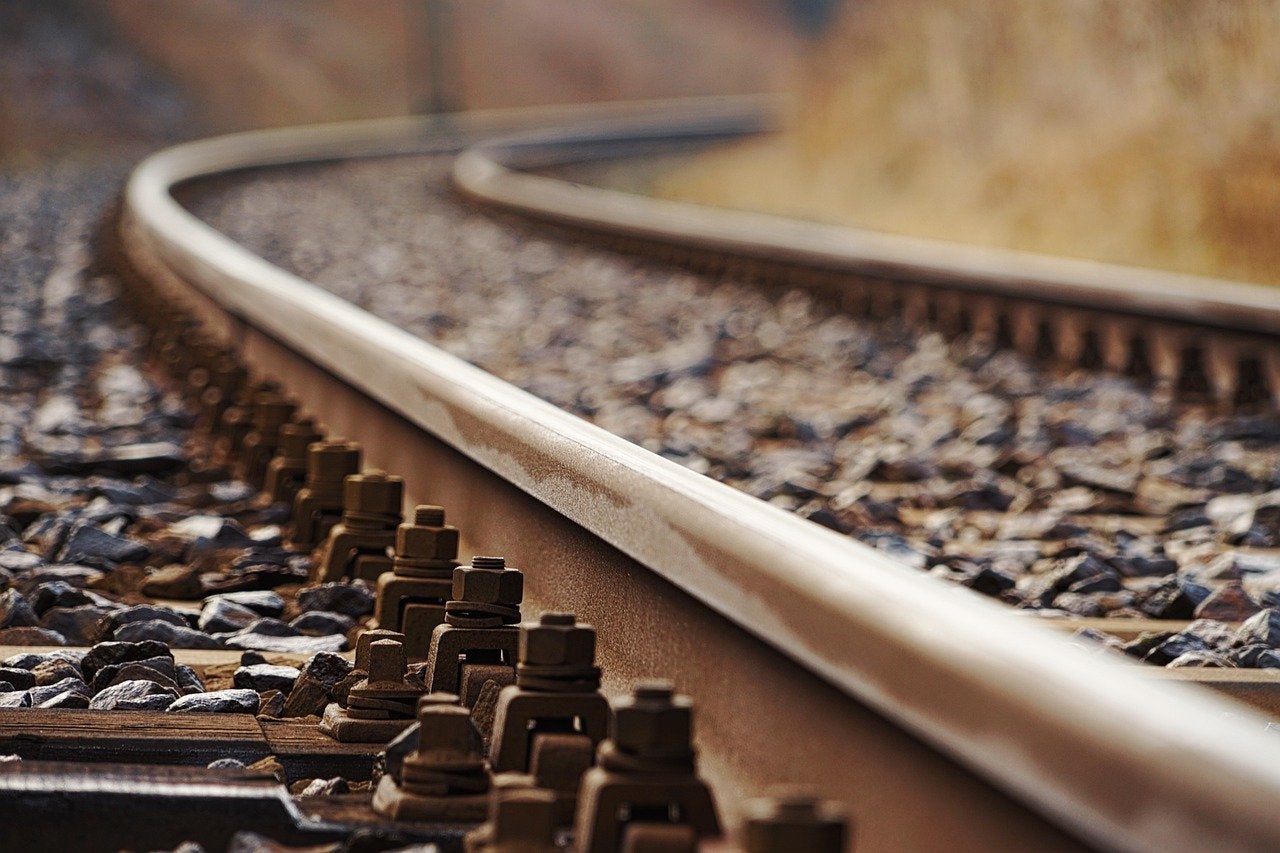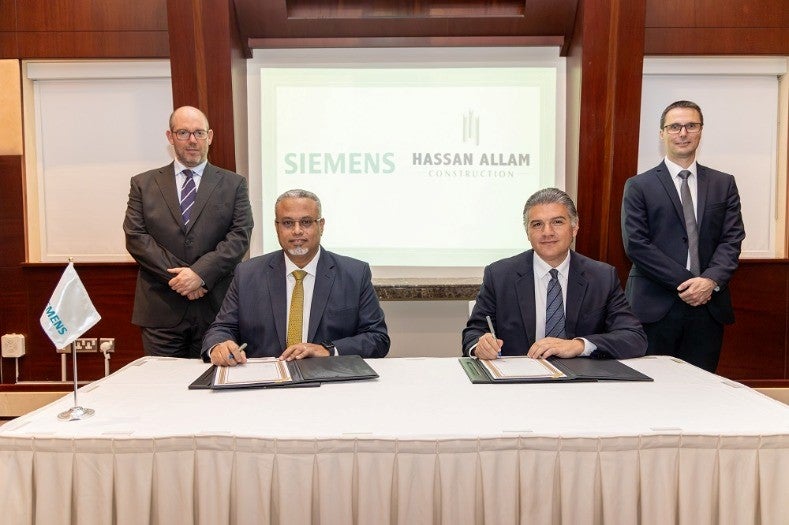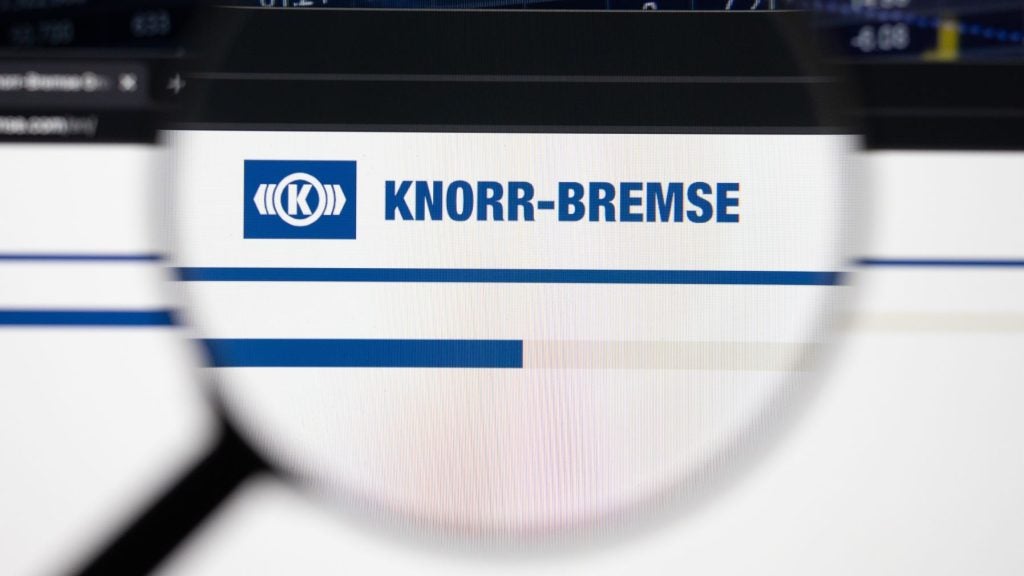
The impacts of the Covid-19 pandemic have affected the rail sector not just economically but also in how the sector will adapt when it comes to passenger experience and innovation. The sector is prioritising customer experience through design and services to support the needs of the post-pandemic rail customer.
East West Rail Company (EWR Co) and NewTerritory – a company that invents and builds future ways of living, working and moving – together aim to address these concerns faced by the sector, offering solutions for the future.
NewTerritory (NT) creative director Hugo Jamson and EWR head of customer strategy Martin Phillips tell Railway Technology what the project aims to achieve and where the existing customer experience gaps are.

Frankie Youd (FY): How did the project between East West Rail Company and NewTerritory come about?
EWR Co & NT: The relationship between EWR Co and NewTerritory began with the design of the new Milton Keynes workspace for the business.
How well do you really know your competitors?
Access the most comprehensive Company Profiles on the market, powered by GlobalData. Save hours of research. Gain competitive edge.

Thank you!
Your download email will arrive shortly
Not ready to buy yet? Download a free sample
We are confident about the unique quality of our Company Profiles. However, we want you to make the most beneficial decision for your business, so we offer a free sample that you can download by submitting the below form
By GlobalDataMore than just an office design, EWR Co and NewTerritory were jointly keen from the outset to amplify an existing internal culture of curiosity and innovation by designing a workspace that made them natural and integral enablers of the vision they have for the new railway.
We then responded to an open submittal for the rolling stock concept work and were extremely proud to win it with a proposal built around broader mobility expertise, and that aligned to EWR Co’s ambition to positively disrupt the rail industry.
FY: What does the project aim to achieve?
EWR Co & NT: EWR Co is a business with clear ambitions to develop a railway built from fresh principles. Principles that will ultimately deliver a new quality of customer-centric public mobility for the region and act as a benchmark for UK rail.
NewTerritory is a design studio with a deep background in mobility design, from cargo bikes through to aerospace – but also one with broader experience in brand, product, digital and spatial design.
We wanted to bring these different approaches into the partnership, taking learnings from our mobility experience and combining it with wider knowledge from other sectors to create new concept approaches for rail.
By working closely together on the specific pieces of work that we have been contracted to complete, we developed new ways to articulate customer-centric experiences in rolling stock concept design and built a set of creative tools that would support their ambition to build a better rail experience for all.
FY: What do you think are the needs of a post-pandemic customer?
EWR Co & NT: Throughout the project, we held to three key principles that would help us understand and design for the post-pandemic rail customer.
Flexibility will be critical to delivering services that meet changing customer needs, but also in enabling a rail service that can remain resilient and relevant in the face of future challenges. For the customer, flexibility means that spaces on board are diverse and inclusive to all and deliver nuanced experiences rather than uniform ones and allow for fast-changing service offerings.
Experience is going to be as important as pragmatic movement from A to B. To help customers make more sustainable transport choices we need to dial up the experiential qualities and the enjoyment of rail travel. Throughout the concept stage, this was as much about creating well-crafted essentials as it was about finding new concepts.
Connectivity to first and last mile is also going to be vital, and this is where the design of rolling stock needs to be developed holistically with the station and even the wider infrastructure and community that surrounds it.
FY: Covid-19 has changed the way the rail sector operates, how is this project going to address these changes?
EWR Co & NT: The project was very much about thinking differently in a sector that perhaps hasn’t changed as quickly as others in mobility. To meet post-Covid-19 challenges we felt different approaches and inputs were needed to try and engineer different outcomes.
We want to create new ways of working with the industry that are more collaborative and open alongside new creative tools that stimulate different ways of designing rolling stock, and by doing so we think we can encourage different kinds of innovation and different kinds of creative partnership between stakeholders.
FY: Where do you think the existing gaps are when looking at customer experience?
EWR Co & NT: Choice feels like a gap in current customer experience, whether that’s in the type of space to enjoy on board or in the service offering they want: one that can easily be scaled up into something more premium or scaled back to something value-driven but still un-compromised in terms of being just what a customer needs at that moment.
Active travel feels like another area that we could address more. Whether that’s active in terms of accommodating bikes, e-bikes, and scooters on board, or more active in terms of how we can enjoy the time and space on board.
Seamlessness to other modes, seamlessness to the station and platform are also areas where gaps could close, and better customer experiences be delivered.
Lastly, inclusivity is an area that is moving in the right direction but can still be improved. Better platform to train interfaces, more inclusive spaces on-board as well as a broader acceptance that inclusivity is much more than accessibility.
FY: Have initiatives been inspired by looking at other mobility sectors responses to the pandemic?
EWR Co & NT: We observed that the more rigid a system is, and the designs and services that surround it are, the more problems it can encounter in scenarios like the pandemic. We looked to develop more resilience through increased flexibility and by supporting EWR Co’s customer-first values at every step of the work to ensure concepts could be evidenced as designed by and for the customer.
We took learnings from other sectors deliberately to make them as attractive as those other modes – like automotive. We developed concepts that suggest rolling stock experiences can be more eclectic than now, designed more around the better observation of customers of all kinds, and so be enjoyed multiple different customer journey types even in the same space.
We also looked beyond mobility to draw in insight from how people want to live and work too. Different kinds of open space, spaces to be alone or together, spaces that let us relax or work better.
What connected all this thinking and shaped our concepts was the idea that mobility is now becoming both more fractured and at the same time more integrated. Fractured in terms of the choices we have, from the type of vehicle, through to the type of service model that delivers them.
All this choice means customers can find modes of movement that meet specific needs and wants, and this is something rail needs to respond to and something we built into the project.
In terms of integration, it’s clear that all these different choices are becoming more seamless to switch between and connect. Customers are looking for experiences that match and exceed the best of those they might find in other mobility modes. It was clear that we had to reference these ideas, but also the broader creative toolkit we developed to help the market adopt them.







